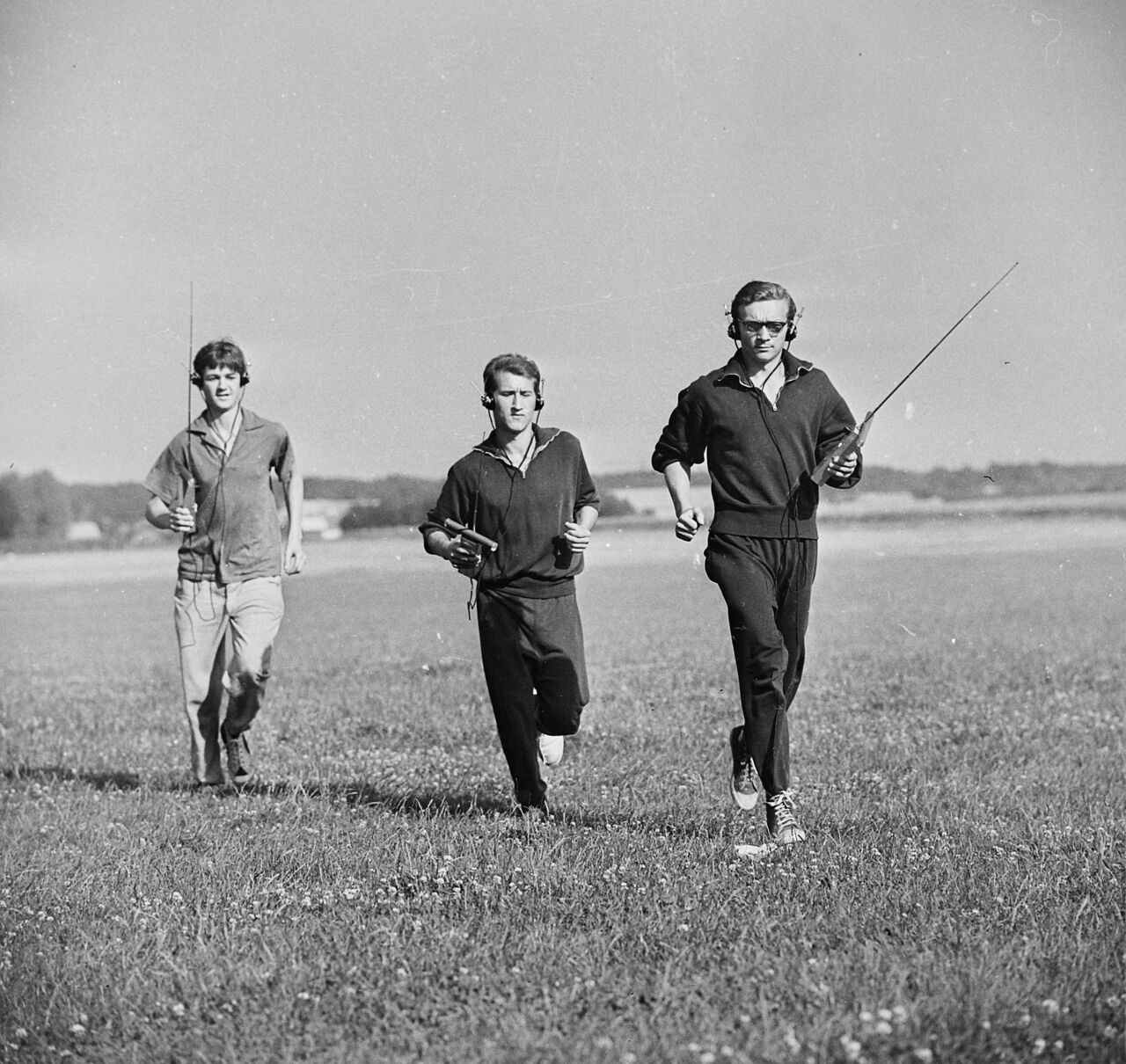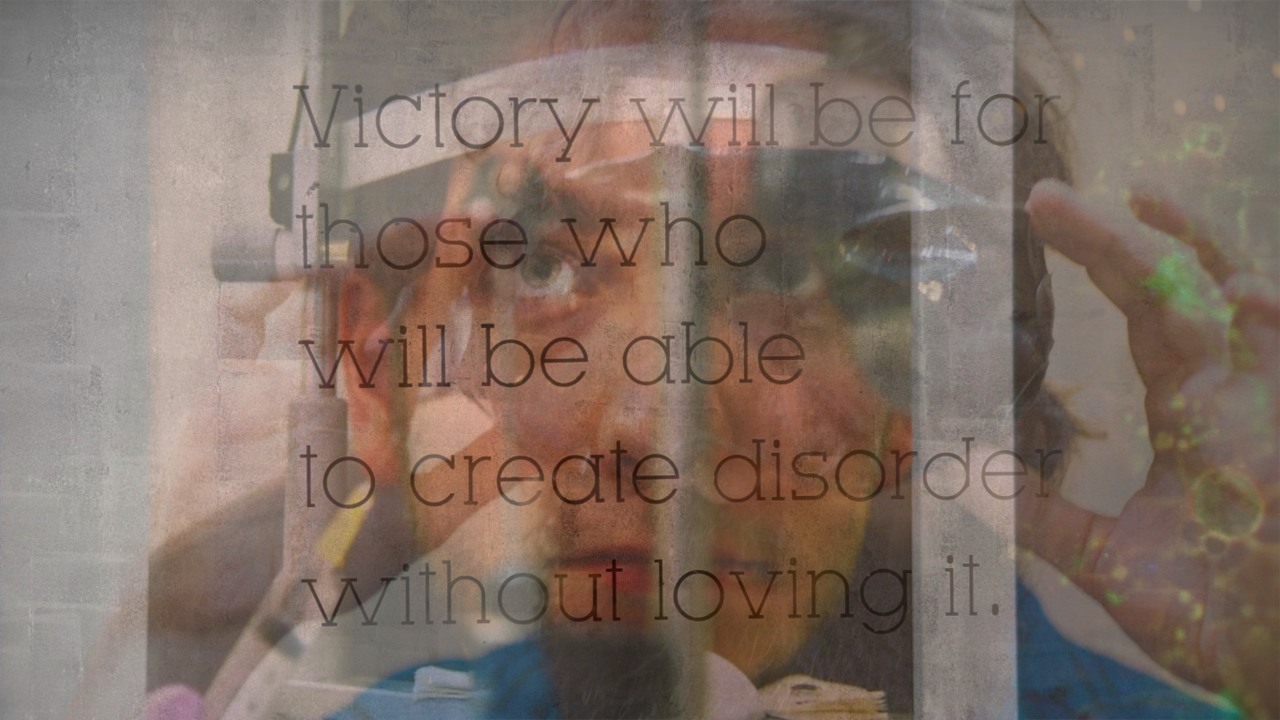A Gonzo Futurish Manifesto
Opening the door to a futurist who seeks randomness, collapses linear thought, and ups their game.
Excerpts from Pickard, “A Gonzo Futurist Manifesto”, with edits and adjustments a decade on.
No sympathy for the devil; keep that in mind. Buy the ticket, take the ride… and if it occasionally gets a little heavier than what you had in mind, well… maybe chalk it up to forced consciousness expansion: Tune in, freak out, get beaten.
Thompson, Fear and Loathing in Las Vegas
Hunter Thompson’s vision is eccentric and flawed, replete with odd biases to both the political right and left, and hallucinogenic visions, as well as instances of blinding analytic insight, and descriptions that give a keen sense of time and place. For all its defects, the reader always knows what Thompson stands for, where he’s been, and what he sees.
Sefcovic, “Towards a Conception of ‘Gonzo’ Ethnography”
It is not necessarily incumbent on the gonzo ethnographer [... gonzo futurist] to enter a space where their presence might be frowned upon or actively resisted, but it is, gonzo-style, to provoke action as much as observe it (an altered state of consciousness might help in this regard, but it is not essential).
Roberts, “Spatial Bricolage: The Art of Poetically Making Do”

Subjected to uncertainty or sudden disruption, our grasp of causality collapses like an undercooked sponge cake. With brains wired for pattern recognition, in the absence of signal, we’ll (...) run over hot coals to derive meaning from noise.
The “post-normal” originates with British philosopher Jerry Ravetz and Argentinian mathematician Silvio Funtowicz. In their work on science policy and risk, the term “post-normal” is used to describe situations where “facts are uncertain, values in dispute, stakes high and decisions urgent” Ravetz, “What is post-normal science?”; see also Funtowicz, “A quick guide to post-normal science”. Does that sound familiar? In post-normal times, the world has both centrifugal and centripetal tendencies: transcendence and collapse; integration and fragmentation. History didn’t end with [Francis] Fukuyama. Collapse contains the fractal seeds of transcendence. Things come together as they fall apart. Ours is not the flat world of [New York Times columnist] Thomas Friedman Friedman's 2005 book, The World is Flat, portrayed the twenty-first century as an era of global convergence, with people and businesses competing openly on an increasingly level playing field, irrespective of location. but the unevenly-distributed future of William Gibson Specifically, his oft-cited aphorism: “The future is already here — it's just not evenly distributed.”. It has contours.
⃘
[As for] future visions, what do we have left to work with? [Corporate] concept videos, Hollywood apocalypse, and the jetpack dreams of greying Baby Boomers. Meanwhile, trapped between economic apocalypse and transformations, we’re besieged by a world we barely understand.
⃘
Preprogrammed to avoid unnecessary risk, our mammalian brain tells us to dig in; to fortify; to consolidate our position. Drawing the curtains, we play dead, for fear of what we might lose. And it works for a time: the monsters don’t eat you but when you [return], they’re still there — a pair of bloodshot eyes glowing in the darkness. Despite the monsters, this is not the time for retrenchment. Far from it! Instead, post-normal times call for post-normal measures; they urge you to up your game.
⃘
With an idiosyncratic outlook and skill set, the power weirdo — and its subset, the gonzo futurist — is particularly well-placed to deal with a turbulent decade [... era, century, epoch]. With an eye [fixed firmly] on the road ahead, she can meet or dodge situations as they arise, charting a clear course through the VUCA battlefields of a turboparalytic world. VUCA is an acronym denoting situations or phenomena characterised by some combination of volatility, uncertainty, complexity, and ambiguity; more recently, some analysts have started speaking of BANI (labelling that which is brittle, anxious, nonlinear, and incomprehensible). See Cascio, “Facing the Age of Chaos” One thing we can say: in 5-10 years’ time, ours will be a world of ubiquitous computing (in some form). When sensors are everyone, and the “big data” of the post-normal threatens to bury us all in a torrent of noise, finely tuned sense-making capabilities may prove to be your greatest asset.
⃘
The gonzo futurist is resilient. She works smart, not hard. (...) She may be privileged, but has no time for competition, alpha male dick-waving, or beggar-thy-neighbour. Her success does not come at your expense. [Hers is a positive-sum game.]

The future is a crime scene, and all the clues are out there. Get out into the field. Wherever possible, maximise your exposure to randomness. At this stage, you need to trust your gut, the pre-conscious, and the unknown unknowns — things that you don’t know that you know. Blending new information with previous experience, you should look for links. Pursue unexpected synergies. Cultivate a cultural and aesthetic sensitivity to weak signals, elevate the subjective, the emotional, and the memetic. Future shock is [both] social and psychological, so keep asking [yourself]: how do these observations make you feel?
⃘
Be prepared to abandon beliefs as new information surfaces. Intransigence is the enemy. Don’t dig in. The war on cargo cults urges you to question received wisdoms, challenge groupthink, and uproot legacy futures wherever you find them. Avoid hubris. You don’t have all the answers, but you can bring better questions.
The gonzo futurist lives on an information diet of news reports forged from raw futurity, situations fucked-up-beyond-all-recognition [... recovery, repair], and fleeting manifestations of the technological sublime. See Nye, American Technological Sublime They focus on things that exceed their frame of reference, deliberating seeking out that which provokes “an agreeable kind of horror.” A phrase that 18th-century English man-of-letters Joseph Addison used to describe the Alps; deemed too massive and overwhelming meet then-contemporary standards of beauty.
⃘
Equally, the gonzo futurist knows when not to act. She recognises the difference between playing dead and saying no. She keeps a small footprint, and has a bug-out bag locked and loaded by the door. [She also recognises] the social possibilities of acting-in-concert-with-others. Careful to avoid reinscribing the dynamics of groupthink, she recognises the importance of the time-limited, stand-alone project. Hers, after all, is a post-auteur world.
⃘
As we [bash] up against the limits of our [existing] frames of reference, our best weapons are imagination, creativity, and [an awareness] of the sheer contingency of the times in which we find ourselves.
🝓
Further reading & references.